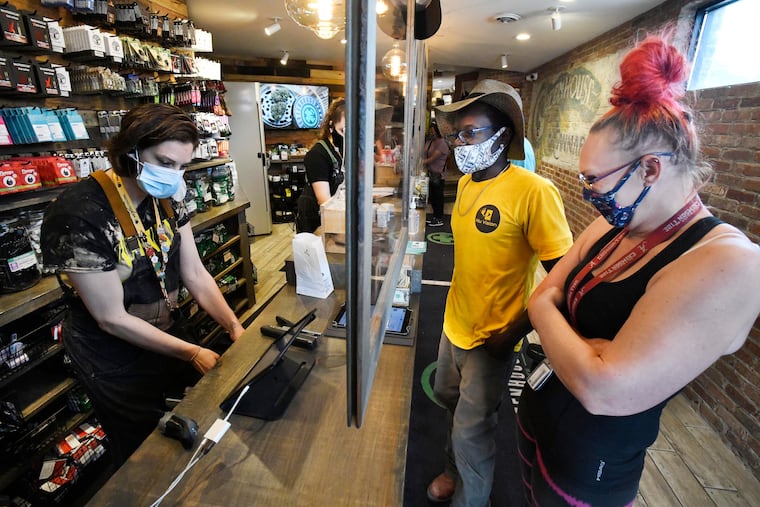Greener pastures: Marijuana jobs are becoming a refuge for retail and restaurant workers
The United States now has more legal cannabis workers than dentists, paramedics, or electrical engineers.

The United States now has more legal cannabis workers than dentists, paramedics, or electrical engineers.
